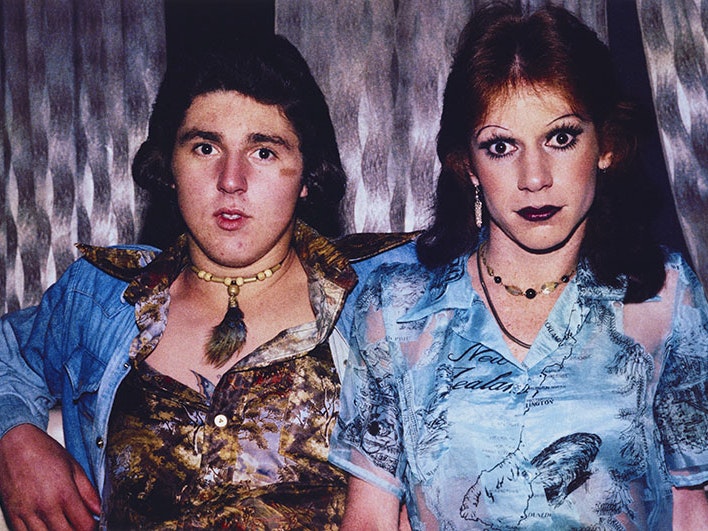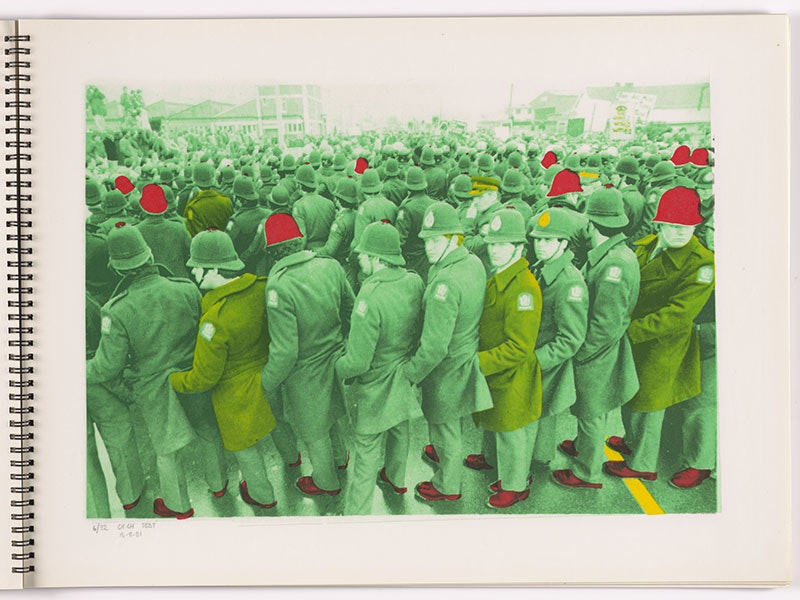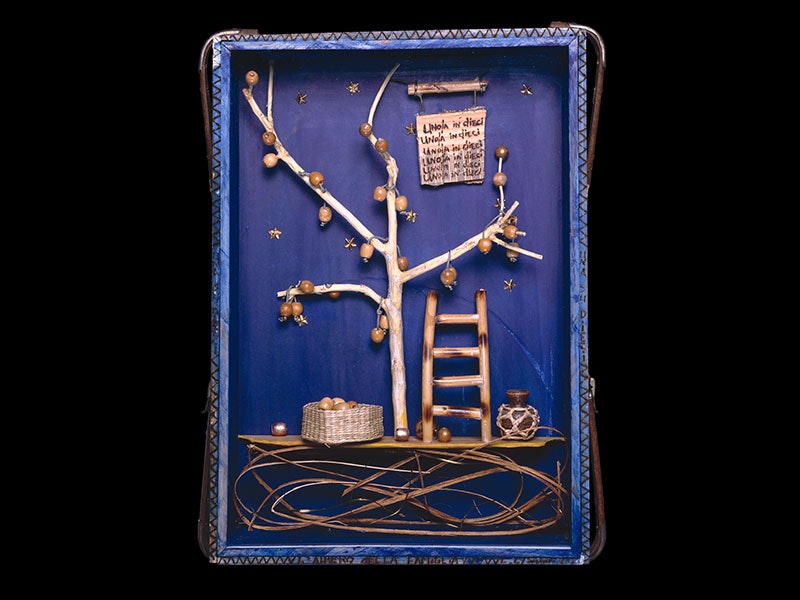Kia hora te marino. Kia whakapapa pounamu te moana. Kia tere te kārohirohi i mua i tō huarahi.
May the calm be widespread. May the ocean glisten as greenstone. May the shimmer of light ever dance across your pathway.
I met this taoka and we bonded instantly, as I admired the natural beauty of the stone. One side appears to have a waterfall running down it, crashing into the colour below, lined with boulders on the right. On the other side, it’s all waterfall, except for a silhouette of a person right in the centre of the waterfall: my Nana, my tupuna.
When I first put it on, I questioned my worthiness of such taoka, of the mana it represents, but I have never second-guessed my worth or my mana since. I deserve this taoka.
This taoka represents my journey and my identity: tōku ako, tōku rearea, tōku mātau ā-wheako, tōku hinekaro, tōku wairua, tōku hauora, tōku hirika, tōku kohara, tōku whakapapa, tōku mana, tōku whaikaha, whakaora pāmamae, aroha atu, aroha mai, he Pākehā ahau, he Māori ahau, he takatāpui ahau, tōku kiritau. Tihei mauri ora. My learning, growth, lived experiences, mental health, spirituality, wellbeing, determination, passion, genealogy, pride, strength, healing trauma, love given, love received, being of European descent, and Māori descent, being takatāpui, and being worthy.
– Brit (Waitaha, Kāti Māmoe, Kāi Tahu)
they/them, ia
Pounamu toki necklace (composite), by Jeremy Dalzell, 2019. Photo by Te Papa


